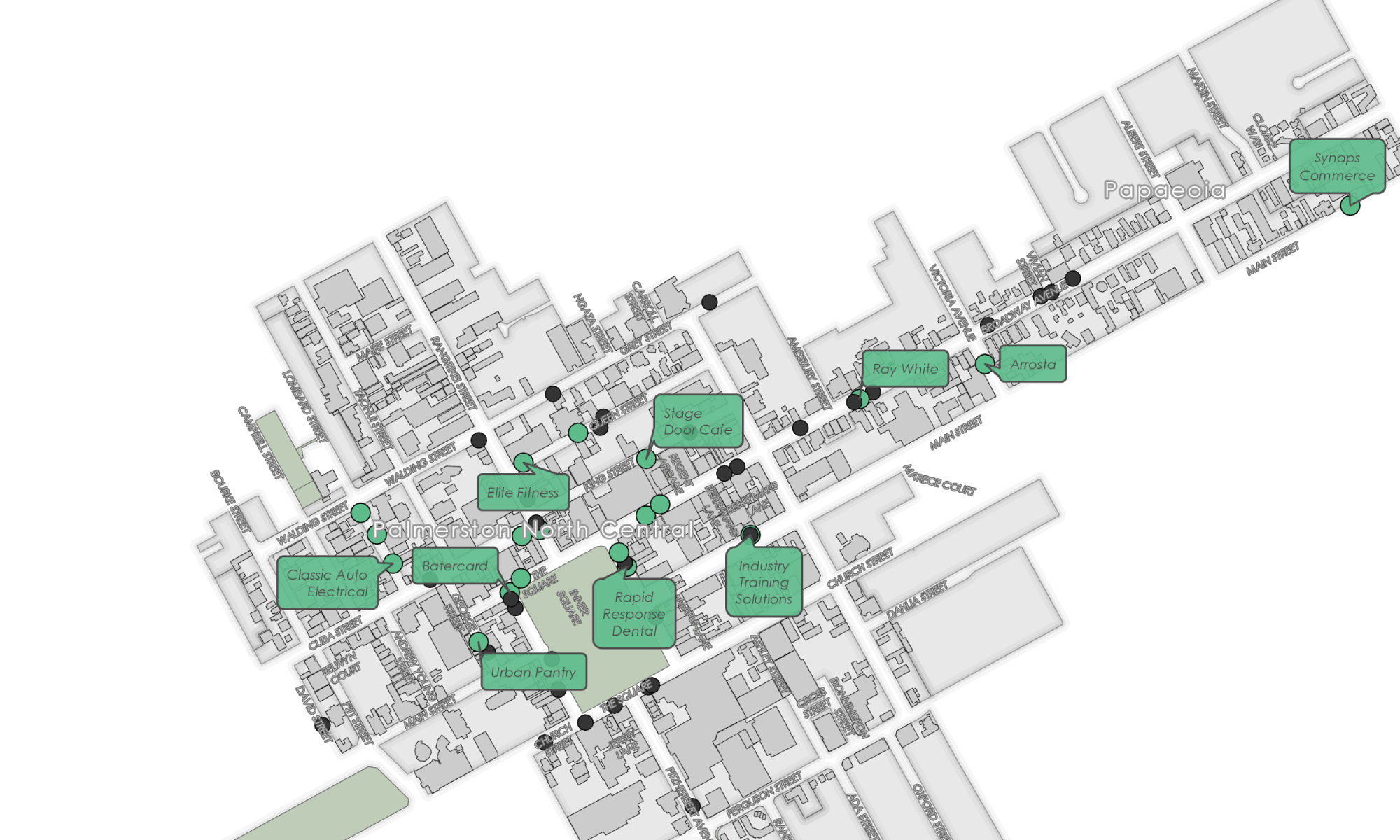One troublesome issue for nations to meet the United Nation's feasible improvement objectives (SDGs) is an absence of access to pertinent geospatial information. The UN is frequently underfunded and nations just don't have the assets to gather information as well as to guarantee their quality.
As of late, the UN has gone to significant privately owned businesses, for example, Google and Alibaba, to enable nations to arrive at their advancement objectives. Where these organizations can help is especially with geospatial information that can be utilized to screen a wide range of SDGs. The new activity, called Data for the present, will see the linkage of Google Earth satellite information with UN information. The information will likewise incorporate telephone information that can be utilized to evaluate nourishment weakness or wellbeing arrangement in provincial districts. Information can be utilized to follow people or screen land use land spread change in connection to environmental change and land use approach in conceivably powerless nations.
A reliable issue is SDG information have for the most part been dated to preceding 2015; this presently gives an approach to get significantly more late information gathered. Up until this point, explicit needs have not been resolved, despite the fact that that ought to occur by November 2019. Current nations that have marked on the activity are Ghana, Rwanda, Senegal, Nepal, Colombia, and Paraguay. Google has vowed to give noteworthy and opportune information, while Alibaba will make a computerized appetite guide to help with following nourishment instability. Vodafone is additionally banding together in bringing spatial telephone information. Almost 240 activities, our of the 17 significant objectives of SDG, have been distinguished, in spite of the fact that not organized, for consideration in the UN effort. In this first UN meeting setting up the objectives that satisfy SDG, it was at that point perceived that geospatial information will be basic in tending to a large number of the issues nations have recognized. Specialists have even been making systems, for example, the Maturity Matrix Framework, to help with information combination and spotlight for examination on how geospatial information, specifically Earth Observation (EO) information, can satisfy SDG needs.
While information have been one significant issue in acquiring auspicious and precise data to meet SDG, more governments are presently lso being urged to utilize open source programming, including geospatial programming, to spatially investigate information to gauge how objectives are being met. Tools will likewise progressively need to incorporate techniques that permit fast evaluation of how information show if SDG targets are fullfiled. This is the situation, for example, in the SDG for land debasement. Information, over existence, are gathered and examined, where gathered data coordinates different sub-markers to frame a bigger pointer of land debasement. Variables measure land spread, land profitability and carbon stocks, which at that point survey if a give nation is satisfying its territory debasement objectives. Such techniques could be straightforwardly coordinated with spatial apparatuses so investigative execution isn't just encouraged however evaluations should be possible all the more intermittently and rapidly for every nation paying little heed to their degree of improvement and access to information.
One steady issue with information applied to meet UN objectives has been acquiring information and information quality when they are accessible. The Data until further notice activity should help address a considerable lot of the issues plot in SDG as significant organizations that approach huge client information and satellite informational collections could enable nations to all the more likely survey their improvement objectives in an all the more opportune way. This likewise requires new apparatuses and open information when all is said in done and these are additionally progressively being set up. The pace will probably need to animate as nations face numerous difficulties and are endeavoring to meet huge numbers of the objectives by 2030. For issues, for example, environmental change, there is no opportunity to lose. Nonetheless, with governments currently being urged and prepared to use either open source information and devices or make organizations with significant organizations to acquire free information, it may be conceivable to meet a large number of the 17 significant objectives by the 2030 date.


